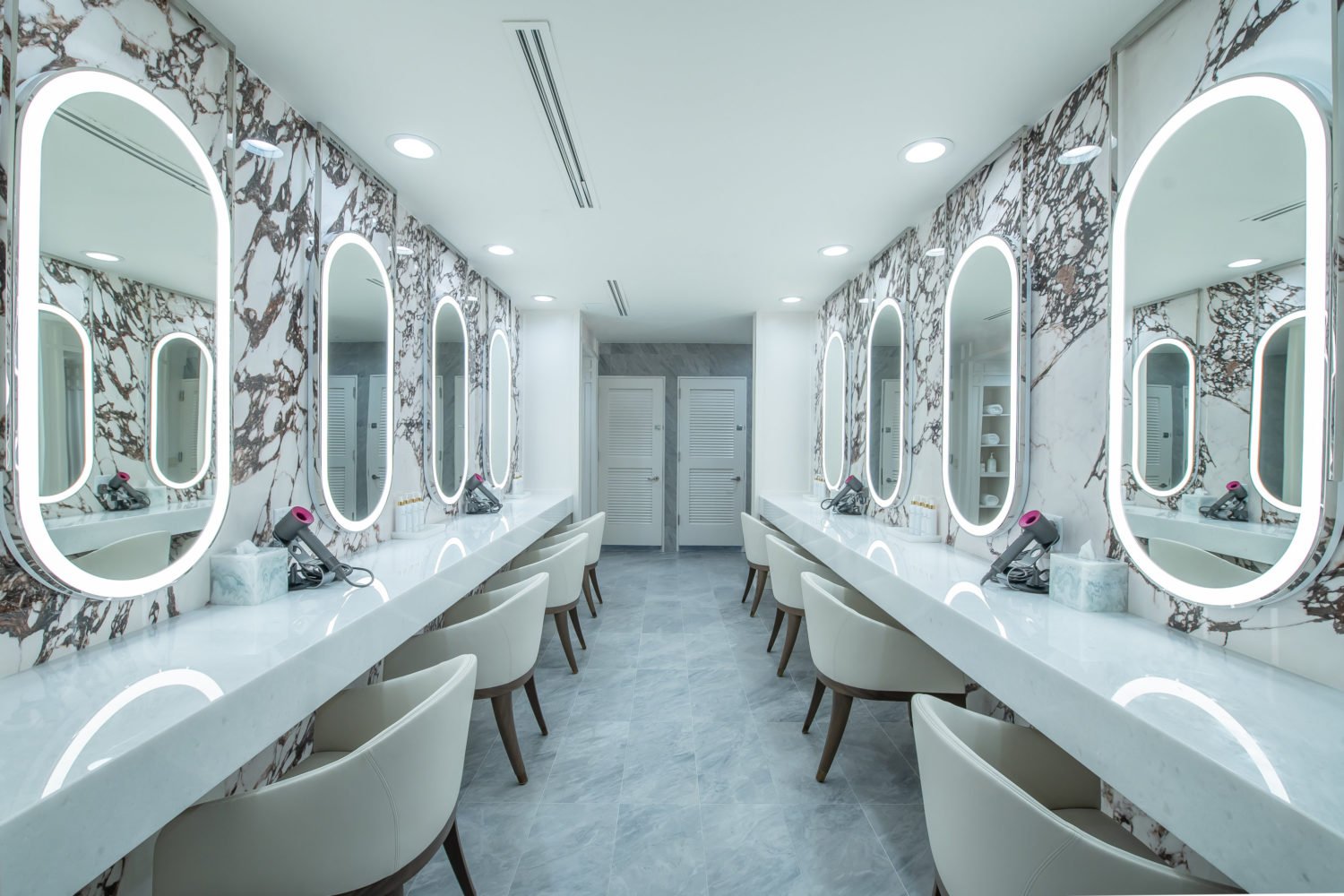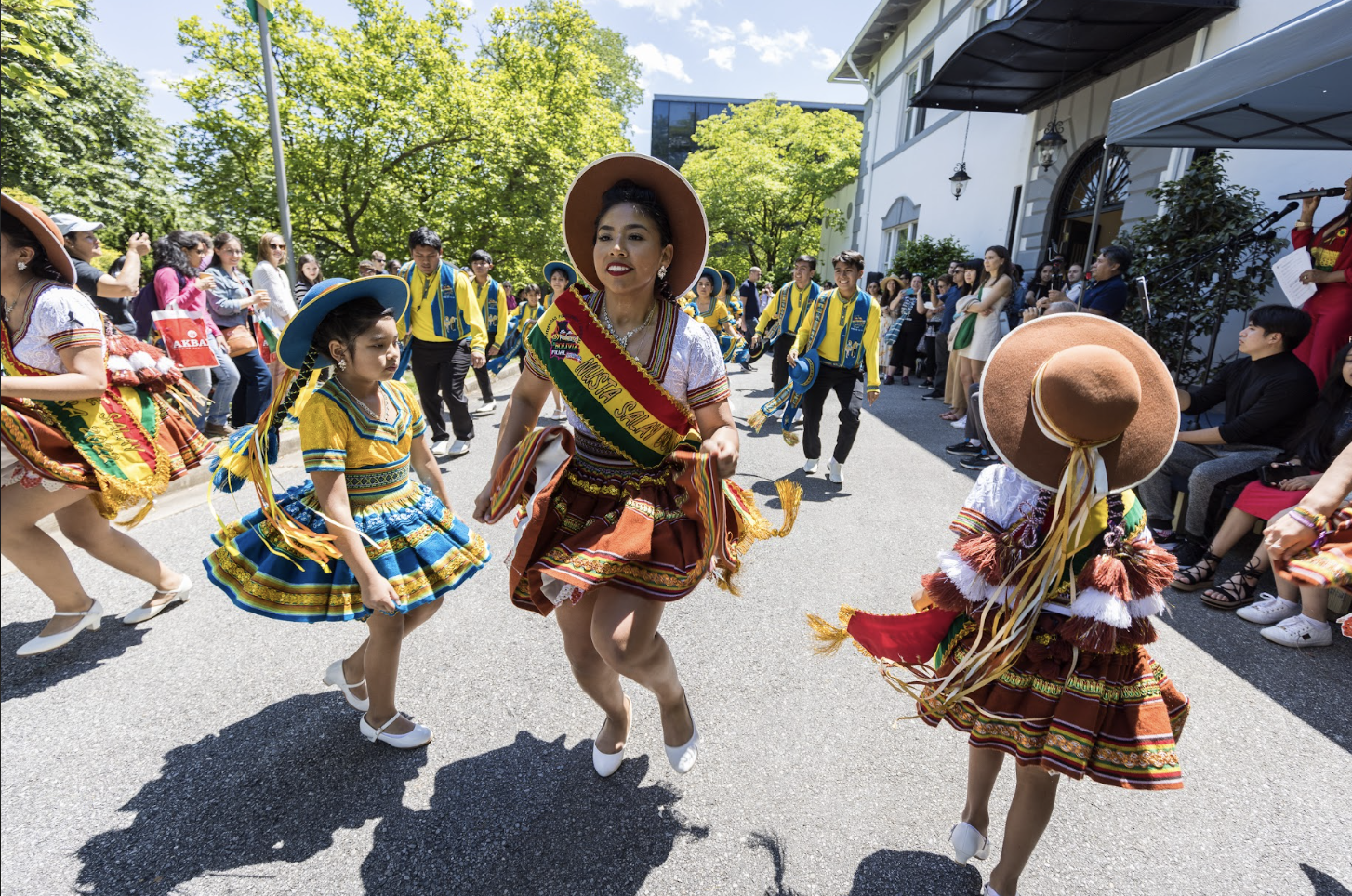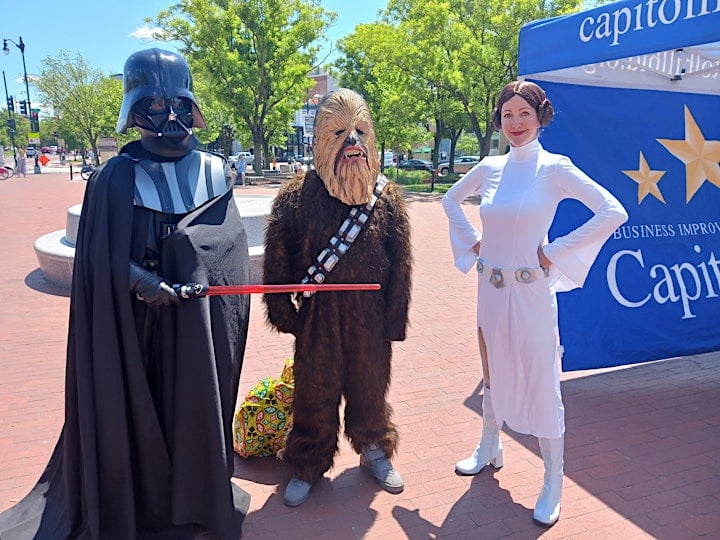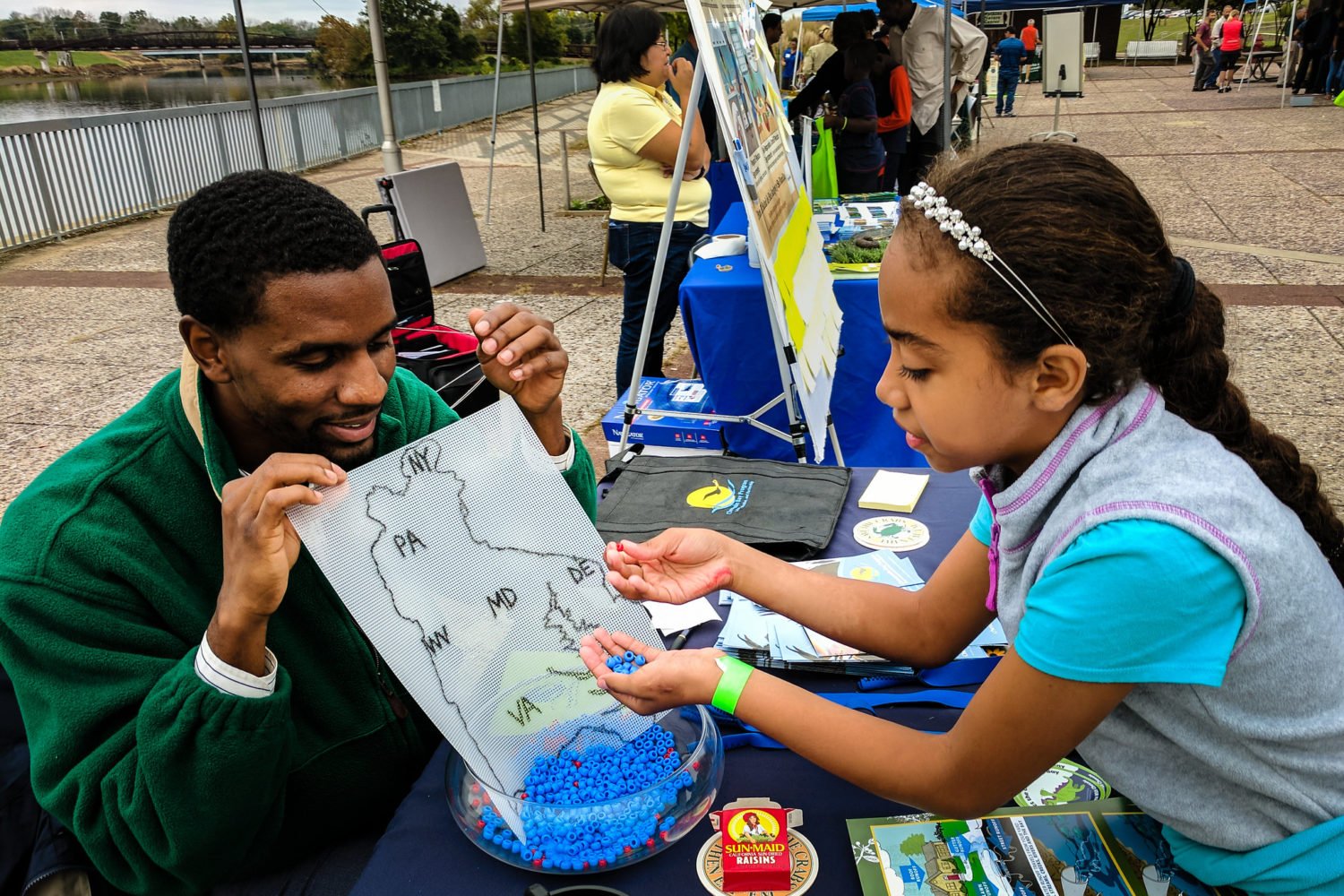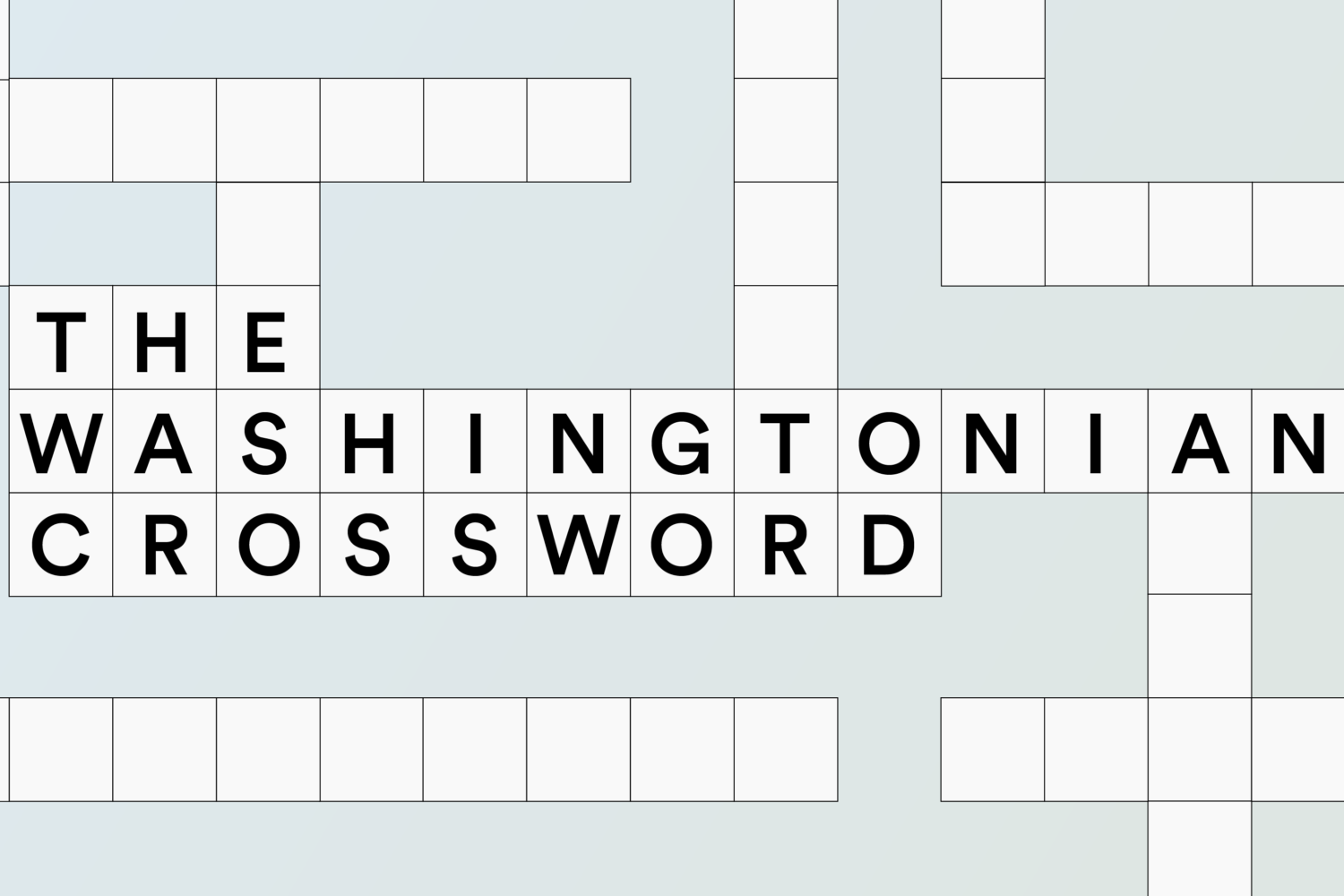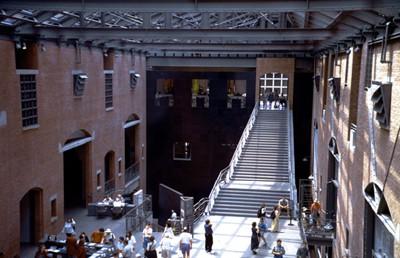
Nestled between Raoul Wallenberg Place and 14th Street SW is one of D.C.’s most important museums. The United States Holocaust Memorial Museum is a destination site that every Washingtonian and visitor to the area should see once in their lifetime. Since its doors opened in 1993, more then 23.1 million people have visited.
The museum encourages visitors to walk through the exhibits at their own pace so that they can take everything in without being rushed by tour guides. Despite the large amount of visitors that often walk these halls there is a constant respectful quiet that envelopes the museum.
Before entering the museum’s permanent exhibit each visitor is given an identification card that tells the story of a real person who lived through the events of the Holocaust. Everyone is encouraged to follow their foot steps so that the experience becomes more personal.
The museum’s “visitor becomes victim” approach is humbling as you find yourself standing in a dimly lit railcar once packed with Jews being transported to Nazi concentration camps. From there you face reconstructed bunks from a barracks in Auschwitz wondering how six or more men once slept in these cramped spaces.
Everything from the architecture, lighting, testimonials and exhibits are meant to lend to the haunting atmosphere, an amazingly effective way to engage the visitor in the emotional experience.
The amount of information found under this museum’s roof, both written and visual, can be overwhelming. Here are some exhibits and displays that the first-time visitor should make sure not to miss:
The Holocaust Permanent Exhibit: The main exhibition spans three floors as visitors follow a chronological presentation of the Holocaust. Touching installments include Voices from Auschwitz, a room where visitors may sit and listen to recordings of survivors recalling memories, a room filled solely with shoes that prisoners were forced to discard upon entering the concentration camps, and pictures of the tattooed arms of survivors who were forever branded by identification numbers from the camps.
Hall of Remembrance: This hexagonal room allows visitors to reflect and remember the victims. Visitors can light a memorial candle and sit to take in the room’s solemn atmosphere. The eternal flame that burns in the front of the room is a reminder to never forget the tragic events.
Remember the Children – Daniel’s Story: This exhibit teaches younger visitors about the Holocaust, but is also educational and interesting for adults. Based on the experience of one child, Daniel, visitors experience the Holocaust through his diary entries. Visitors can walk through Daniel’s home, the ghetto his family was forced into, and on through the gates of the concentration camp.
The Wexner Learning Center: This area allows visitors to focus on the connections between the past and our modern world. Exhibits and displays include “The Nuremberg Trials: What is Justice?,” “Witness to History: Documenting the Path of American Liberators,” and the Committee on Conscience’s “Who will survive today? Genocide Emergency: Darfur, Sudan.” The Survivors Registry is a resource supplied for those interested in searching for a survivor.
Wall of Remembrance: This memorial is made up of more then 3,000 tiles that were hand painted by American school children in remembrance of the approximately 1.5 million children killed in the Holocaust. The drawings and thoughts of these young American children allow visitors to reflect on the lives taken away from those who were so young.
The Holocaust Museum was an experience that I will not soon forget and one that I will recommend for years to come. While the subject matter is difficult to digest this is such an important part of history that should not be forgotten. Hearing that 6 millions Jews were killed during the Holocaust is much different then seeing—and seeing brings on a new understanding, which is an extremely humbling and eye opening experience.
Dana Schwartz is the great-niece of Holocaust survivor Lola Schwartz.
This article is part of Washingtonian's Visitors' Guide. For more articles like it, click here.











